#oscillatoria
Explore tagged Tumblr posts
Text

LOOK AT IT!
I know I post a lot of microscopic stuff but does anyone want to see some cute algae visible to the naked eye?
170 notes
·
View notes
Text

Morals and Dogma The Master Mason
Part III
Justice, divorced from sympathy, is selfish indifference, not in the least more laudable than misanthropic isolation. There is sympathy even among the hair-like oscillatorias, a tribe of simple plants, armies of which may be discovered, with the aid of the microscope, in the tiniest bit of scum from a stagnant pool. For these will place themselves, as if it were by agreement, in separate companies, on the side of a vessel containing them, and seem marching upward in rows; and when a swarm grows weary of its situation, and has a mind to change its quarters, each army holds on its way without confusion or intermixture, proceeding with great regularity and order, as if under the directions of wise leaders. The ants and bees give each other mutual assistance, beyond what is required by that which human creatures are apt to regard as the strict law of justice.
#art#freemasonry#freemasons#AlbertPike#masoniclodge#freemasonofamerica#illustration#masonictemple#occult#hermetic#symbolism#Master Mason
11 notes
·
View notes
Link
1 note
·
View note
Text

Cyanobacteria are so fucking old and scary and pretty and cute and I love them.
I got the travel grant! Got about a month to get the rest of my housing, food, etc etc covered (Ko-fi in bio if you feel like it).
And my poster. Oh god.
(Also hi and thank you y’all are so sweet)
#poison ivy but she’s an actual botanist#botanical horror#poison ivy art#pamela isley#art#illustration#poison ivy comic#artists on tumblr#character design#concept art#comic#dc#dc comic#dc fanart#nostoc#oscillatoria#lyngbya#cyanobloom#cyanobacteria#microcystis
858 notes
·
View notes
Photo
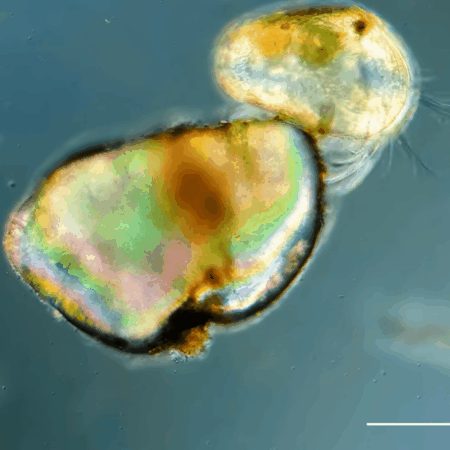

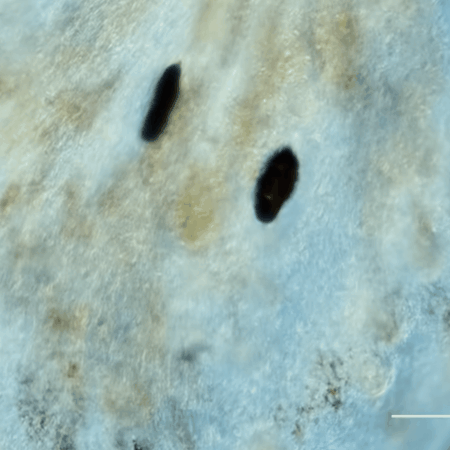
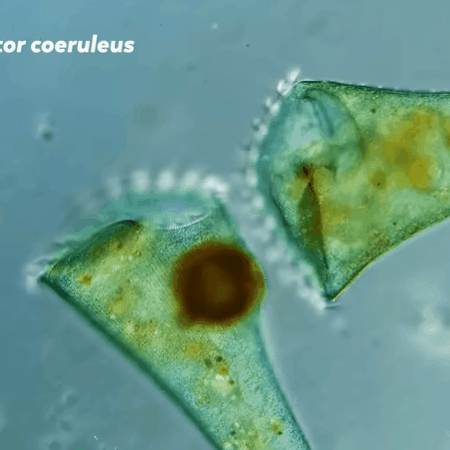

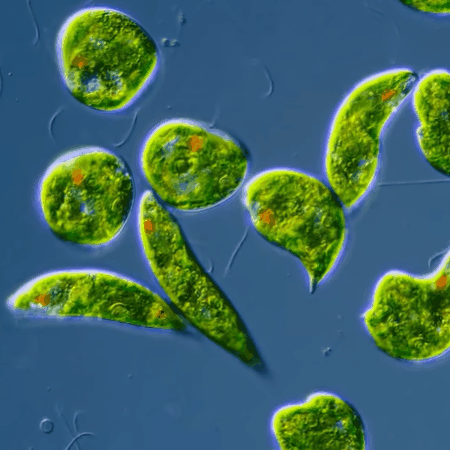
“Microbes don't have this sort of complex visual processing, but many still need to know where the light around them--whether that's to seek out food or avoid hidden dangers. They may not see things the way we do, but the mechanisms they have in place allow them to respond to light in extraordinary ways to meed the most ordinary of needs.”
Journey to the Microcosmos- Can Microbes See Without Eyes?
Images Originally Captured by Jam’s Germs
Ostracod 200x, Oscillatoria 630x, Planaria 200x, Stentor coeruleus 200x, Philodina 630x, Euglenaria 630x
#journey to the microcosmos#can microbes see without eyes#science#scienceblr#biology#bioblr#microbiology#microbes#microorganisms#ostracod#oscillatoria#phanaria#stentor coeruleus#philodina#euglenaria#science aesthetic
869 notes
·
View notes
Photo




Microbes found in a pondwater in Puerto Princesa City, Palawan Philippines
#diatoms#peritrich#opercularia#oscillatoria#ciliates#microbe photography#protists#bluegreen algae#original photography on tumblr#biology#microbiology
3 notes
·
View notes
Photo

1 note
·
View note
Video
vimeo
Oscillatoria - Gerd A. Guenther Filamentous bluegreen algae of the genus Oscillatoria, time lapse movement of filaments. Taken with light microscope, magnification about 1000x.
0 notes
Photo

Bioprospecting for High Lipid Producing Microalgae for Biodiesel Production
by Aravindh. S | P. Ruban ""Bioprospecting for High Lipid Producing Microalgae for Biodiesel Production""
Published in International Journal of Trend in Scientific Research and Development (ijtsrd), ISSN: 2456-6470, Volume-3 | Issue-5 , August 2019,
URL: https://www.ijtsrd.com/papers/ijtsrd26555.pdf
Paper URL: https://www.ijtsrd.com/biological-science/biotechnology/26555/bioprospecting-for-high-lipid-producing-microalgae-for-biodiesel-production/aravindh-s
engineering journal, open access journal of chemistry, indexed journal
Fuels based upon crude oils are become unsustainable because of draining resources and also their contribution of those fuels to the release of carbon dioxide into the environment is high. Hence, Microalgae have gained major interest as a sustainable source to replace these resources due to their high lipid content for biodiesel production on a commercial scale. This paper describes the screening of twelve microalgal species isolated from marine water resources of Kerala coastline for biodiesel production and the GC MS MS analysis of their fatty acid methyl esters FAMEs . Lipid content of each isolated microalgal species has been investigated. Based on the lipid content, biodiesel was produced from Oscillatoria sp., which showed maximum lipid yield 44.8 among isolates by acid catalyzed transesterification reaction and resulting fatty acid methyl esters FAMEs content was analyzed by GC MS. Fatty acid profiling of the biodiesel showed high content of C12 1 with 43.8 , C10 0 with 14.86 , C12 3 15.5 , C18 1 with 18.44 , C19 1 with 4.57 and C20 0 with 3 respectively.
0 notes
Text
Anatoxin-a – The Deadly Toxin: Could it Actually be Beneficial?
Death by suffocation. One of most terrifying ways to die. Yet this was a reality for three dogs following what seemed to be a nice walk along the Wolastoq river (St. John River) in 2018 (McCarron et al., 2018). These dogs were otherwise healthy before going for a walk with their respective owners by the river, but upon ingesting toxic mats of vegetation that had washed up on the shore, they died within minutes. The toxin responsible for their death is called anatoxin -a which is produced by some cyanobacteria, commonly known as blue-green algae. Anatoxin-a is a dangerous toxin when ingested, but killing dogs is likely not its primary function. So, why do cyanobacteria possess the ability to synthesize this toxin and what ecological roles does anatoxin-a play?
There are many genera of cyanobacteria that are capable of producing anatoxin-a including, Phormidium, Kamptonema, Microcoleus, Oscillatoria however, not all species within these genera can produce anatoxin-a. Cyanobacteria must have the anatoxin-a gene cluster which contains 10 genes (anaA-J) that are all needed for anatoxin-a production. Because these genes are present in multiple genera of cyanobacteria, it is likely that producing anatoxin-a provides cyanobacteria with some advantage, otherwise the genes would have been removed from the population by natural selection.
Cyanobacteria that have the genes required to synthesize anatoxin-a are not constantly producing the toxin. This would be disadvantageous because the organism would be expending a lot of energy into making anatoxin-a when it doesn’t need to. Therefore, there must be some stimulus that triggers the cyanobacteria to turn on the genes required to make anatoxin-a. The stimulus that promotes the production of anatoxin-a is still a mystery however, scientists hypothesize that cyanobacteria may use anatoxin-a as a way to prevent other organisms from stealing their nutrients and growing which would beneficial for cyanobacteria. In other words, scientist want to know if anatoxin-a asks as a weapon to destroy other microscopic organisms so that cyanobacteria do not have to compete for food and energy.
Cyanobacteria can form blooms which contain high densities of a variety of different types of toxic and non-toxic cyanobacteria as well as other microscopic organisms all living in a community, using the same pool of nutrients. This type of habitat is very competitive and all the organisms are competing for food and light to survive. If anatoxin-a could destroy other organisms in this habitat, it would reduce the competition for cyanobacteria allowing them to grow more efficiently. One of the microscopic organisms that can be found living in these blooms is a type of green algae called Selenastrum capricornutum. Scientists from Ahmadu Bello University tested how cultures of this green algae were affected by anatoxin-a exposure to try to uncover a potential ecological role of anatoxin-a (Figure 1).
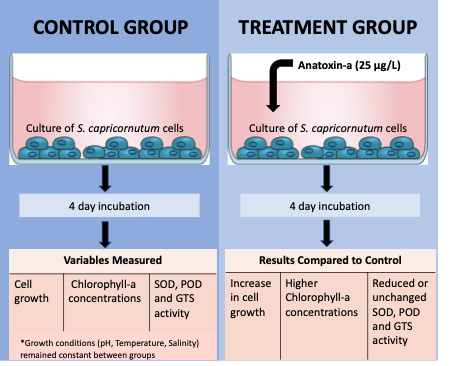
Figure 1. S. capricornutum cultures were exposed to anatoxin-a over a period of 4 days and their growth, chlorophyll-a concentrations, and stress response were measured and compared to the control group. S. capricornutum cultures exposed to anatoxin-a had increase cell growth, higher chlorophyll concentrations and reduced stress level indicating that anatoxin-a exposure benefited S. capricornutum.
Unexpectedly, when cultures of S. capricornutum were exposed to anatoxin-a over a period of four days the cultures grew better than the control group (Figure 1). This means that S. capricornutum benefited from anatoxin-a and does not support the idea that cyanobacteria produce anatoxin-a to prevent the growth of other organisms. This discovery leads to the question: how is anatoxin-a causing an increase in growth of S. capricornutum?
To answer this, the levels of chlorophyll-a were measured. Chlorophyll-a is a pigment that plays a role in absorbing sunlight which improves photosynthesis and can be an indication that the cells are healthy. The results showed that S. capricornutum cultures exposed to anatoxin-a had higher levels of chlorophyll-a than those that were not exposed to anatoxin-a. Studies have shown that S. capricornutum can break down anatoxin-a and use its molecular components to supplement photosynthetic C acquisition. Therefore, the presence of anatoxin-a would be beneficial for S. capricornutum when competing for light in a crowded bloom and can help explain the increased levels of chlorophyll-a. These findings suggest that anatoxin-a improved the health of S. capricornutum cultures and helped the cells grow and survive!
Toxins are generally harmful and cause organisms to experience a stress response. When this occurs reactive oxygen species (ROS) are produced at higher rates. Although ROS are a naturally produced, they can cause a lot of damage to the cell and can lead to death. If cells are stressed and producing ROS at high rates, the cells will turn on genes to produce proteins that function to stop ROS from damaging the cell. The ROS-destroying proteins that get produced to protect the cell include: peroxidase (POD), superoxide dismutase (SOD), and glutathione S-transferase (GST). If high concentrations of POD, SOD and GST are found in a cell, it indicates that ROS are being produced, suggesting that the cell is experiencing stress. When S. capricornutum was exposed to anatoxin-a, the amount of POD, SOD, and GST present in the cell either remained the same or decreased compared to the controls which implies that S. capricornutum is under less stress when anatoxin-a is present. Because S. capricornutum isn’t wasting energy producing these proteins to prevent cell damage, it can dedicate more energy into growing which explains why it grows better in the presence of anatoxin-a.
Although the results were not as expected, we still learned more about anatoxin-a’s role in its environment: it improves the health and growth of the green algae, S. capricornutum. This debunks the hypothesis that cyanobacteria produce toxin to inhibit the growth of other organisms however, S. capricornutum is only one organism of many that are present in blooms and we cannot assume that anatoxin-a will benefit all microorganism living in the community. More studies need to be done to see how other types or bacteria and microbes respond to anatoxin-a. We are still unsure how the production of anatoxin-a benefits cyanobacteria but we do know that it helps S. capricornutum grow, which means that the presence of anatoxin-a has the ability to shape and influence microscopic community compositions.
For more detailed information about anatoxin-a’s influence on S. capricornutum click the link below.
The Individual and Combined Effects of the Cyanotoxins, Anatoxin-a and Microcystin-LR, on the Growth, Toxin Production, and Nitrogen Fixation of Prokaryotic and Eukaryotic Algae
Until next time my fellow biology lovers,
Shyanne
2 notes
·
View notes
Text
Review: Domain Eubacteria

Phylum Proteobacteria - cell wall: LPS, thin peptidoglycan - chemoautotrophic/heterotrophic - gram-negative - i.e. Spirillum (S-worm) - i.e. E.coli (rod-shaped)

Phylum Firmicutes - thick peptidoglycan in cell wall - chemoautotrophic/heterotrophic - gram-positive - i.e. Staphylococcus (clusters of circles) - i.e. Streptococcus (lines/colony of circles)

Phylum Cyanobacteria - cell wall: LPS, thin peptidoglycan - photoautotrophic - i.e. Oscillatoria (separation discs) - i.e. Anabaena (akinetes & vegetative cells)

0 notes
Photo

Oscillatoria #microphotography - #microfotografia https://ift.tt/2evph0r
0 notes
Photo


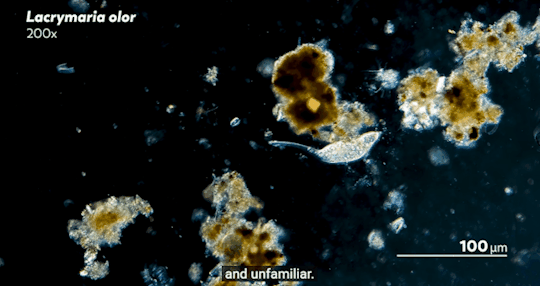
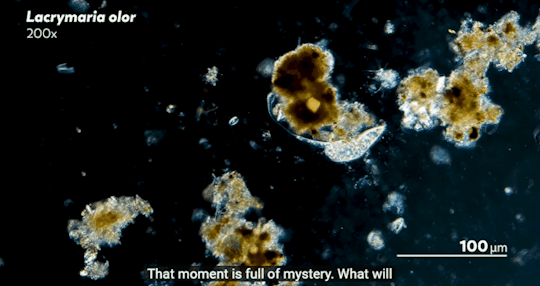
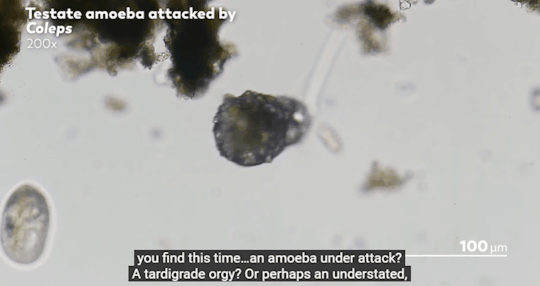
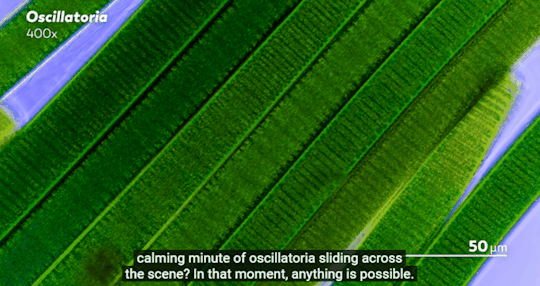
Journey to the Microcosmos- Lacrymaria: Vicious Long-Necked Predators
Images Originally captured by Jam’s Germs
Quote Spoken by Hank Green
#journey to the microcosmos#lacrymaria vicious long-necked predators#science#scienceblr#biology#bioblr#microbiology#microorganisms#microbes#lacrymaria olor#testate amoeba#coleps#tardigrade#oscillatoria#science aesthetic#science quote
202 notes
·
View notes
Text
¿Cuáles fueron las Diez Plagas de Egipto y cómo las explica la ciencia?
Una terrible condena que envió Dios al faraón como castigo por someter a los hebreos, convertiría al pueblo egipcio en victima de 10 calamidades incontrolables. La ciencia decidió analizar cada una y buscarle una explicación.
Una de las historias más temidas de la Biblia puede ser en realidad una cadena de fenómenos naturales provocados por los cambios climáticos del lugar e incluso por una posible erupción volcánica.
¿Cómo comenzó la historia?
Las plagas comenzaron luego de que el faraón rechazara las propuestas de Moisés y Aarón de liberar al pueblo con el fin de que pudieran adorar a Dios, una vez que se negó Moisés declaró las plagas en nombre de Dios.
Los arqueólogos analizan que las plagan debieron azotar fuertemente a la ciudad de Pi-Ramsés durante el reinado del Faraón Ramses II, la ciudad fue abandonada totalmente hace unos 3000 años y los científicos creen saber la razón: el azote de plagas pudo hacer que se considerara como una ciudad maldita.
¿Cuáles son las Diez Plagas de Egipto?
I – Las aguas se convierten en sangre (Éxodo 7,14-24)
II – Las ranas invadirán las costas (Éxodo 7:25-8:11)
III – El polvo se convertirá en piojos (Éxodo 8:12-15
IV – Las moscas dañaran a las personas y al ganado (Éxodo 8:16-28)
V – La terrible peste sobre el ganado, todos morirán enfermos (Éxodo 9:1-7)
VI – Las úlceras incurables afectarán al pueblo (Éxodo 9:8-12)
VII – El granizo y el fuego (Éxodo 9:13-35)
VIII – Las langostas invadirán los cielos (Éxodo 10:1-20)
IX – Las Tinieblas y Oscuridad reinará en Egipto(Éxodo 10:21-29)
X – La muerte de todos los primogénitos (Éxodo 11:1-10; 14:1-31)
¿Cómo las explica la ciencia?
La ciencia se ha encargado de estudiar cuidadosamente cada uno de los fenómenos y han llegado a la conclusión de que a cada uno se le puede dar una explicación lógica que no involucre la maldición de un Dios ni hechos sobre naturales. Aquí tienes las opiniones:
Primera plaga: El agua se convertirá en sangre, causará la muerte de los peces y tendrá un olor horrible. La ciencia explica que las altas temperaturas transformándolo en pequeñas corrientes de aguas fangosas, las condiciones se dieron para que iniciara una epidemia de un alga tóxica de agua dulce llamada “Oscillatoria Rubescens” conocida como “Sangre Borgoña” que causa mal olor y hace que el agua luzca roja.
Segunda, tercera y cuarta plagas: Las ranas, los piojos y las moscas invadirán la ciudad. La invasión de algas contaminó las aguas y provocó que las ranas salieran de su hábitad común para poder resguardarse de la toxicidad, lo que hizo que se sobrepoblaran las costas de ranas. Los terribles olores de las algas junto con el calor, atraían a los mosquitos, las moscas y los piojos que se multiplicaron sin control puesto que las ranas –su principal depredador- ya no vivía en su hábitat.
Quinta y sexta plagas: Peste sobre el ganado y enfermedades incurables. Los insectos son uno de los principales multiplicadores de enfermedades, pueden transmitir todo tipo de enfermedades de la piel a animales y humanos. Para la época la malaria era una de las principales causas de muerte y era trasmitida por el mosquito, por lo que a eso se podían referir con estas plagas.
Séptima plaga: granizos de fuego y hielo. A tan solo cuatrocientos kilómetros de distancia, se produjo una de las erupciones volcánicas más grandes de la historia cuando el Thera erupcionó. La magnitud de la explosión fue tal, que miles de toneladas de ceniza volcánica llegaron a la atmósfera, estas cenizas pudieron haber chocado con las tormentas de Egipto y producir un inusual granizo. Esta conclusión la sacó el Instituto de Física Atmosférica de Alemania.
Octava, novena y décima plaga: Langostas, oscuridad y muerte de los hijos. La llegada de las langostas pudo ser producto de las fuertes precipitaciones provocadas por la erupción del volcán Thera, al aumentar la humedad se produjo un ambiente increíble para la reproducción de langostas, esto lo explicó el biólogo canadiense Siro Trevisanato.
Las cenizas bloqueando la atmósfera podían oscurecer el cielo, como una especie de esmog más intenso, esto puede explicar la “oscuridad”. Y al hablar de la muerte de los primogénitos, para la época se propagó un terrible hongo venenoso que afectaba principalmente a los granos y era la comida principal, por lo que es posible que hayan muerto por envenenamiento.
La ciencia ha realizado numerosos estudios para explicar cada una de las plagas y aun algunas se encuentran en proceso de análisis.
Por Mary Villarroel Sneshko | @VivoDeSorpresas | Culturizando Con información de ABC
La entrada ¿Cuáles fueron las Diez Plagas de Egipto y cómo las explica la ciencia? aparece primero en culturizando.com | Alimenta tu Mente.
24 notes
·
View notes
Text
Toxins, Vol. 10, Pages 290: The Effect of Cyanobacterial LPS Antagonist (CyP) on Cytokines and Micro-#RNA Expression Induced by Porphyromonas gingivalis LPS
Lipopolysaccharide (LPS) from Porphyromonas gingivalis (Pg-LPS) is a key bacterial structure involved in the maintenance of a chronic pro-inflammatory environment during periodontitis. Similar to other gram-negative LPS, Pg-LPS induces the release of pro-inflammatory cytokines through interaction with Toll-Like Receptor 4 (TLR4) and is able to stimulate negative TLR4 regulatory pathways, such as those involving #microRNA (#miRNA). In this work, we employed CyP, an LPS with TLR4-MD2 antagonist activity obtained from the cyanobacterium Oscillatoria planktothrix FP1, to study the effects on pro-inflammatory cytokine production and #miRNA expression in human monocytic THP-1 cells stimulated with Pg-LPS or E. coli LPS (Ec-LPS). Results showed that CyP inhibited TNF-α, IL-1β and IL-8 expression more efficiently when co-incubated with Pg-LPS rather than with Ec-LPS. The inhibition of pro-inflammatory cytokine production was maintained even when CyP was added 2 h after LPS. The analysis of the effects of CyP on #miRNA expression showed that, although being an antagonist, CyP did not inhibit miR-146a induced by Pg-LPS or Ec-LPS, whereas it significantly inhibited miR-155 only in the cultures stimulated with Ec-LPS. These results suggest that CyP may modulate the pro-inflammatory response induced by Pg-LPS, not only by blocking TLR4-MD2 complex, but also by preserving miR-146a expression. http://bit.ly/2LlR5Wj #MDPI
0 notes
Video
vimeo
Oscillatoria - Mon Microscopic
1 note
·
View note